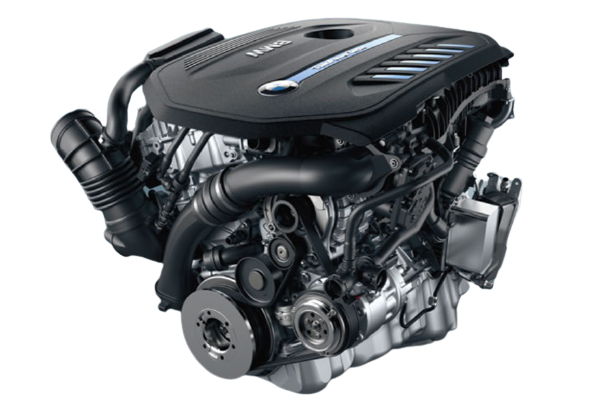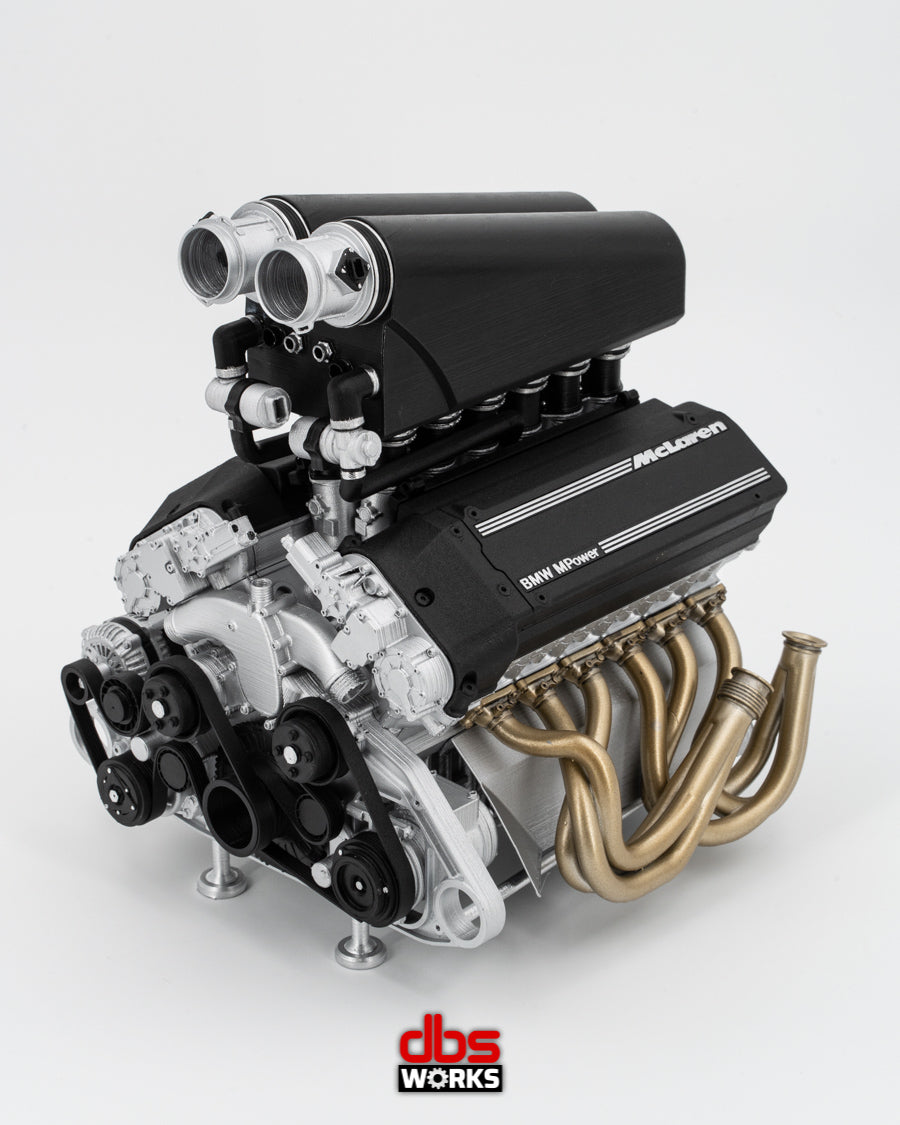Discovering the Evolution of Burning Engines in Modern Transportation Systems
As we navigate the landscape of modern transportation, the evolution of burning engines stands as a testimony to human resourcefulness and design expertise. From their humble starts to the innovative giants propelling lorries today, burning engines have actually undergone an impressive trip of advancement and adaptation. Comprehending the complexities of this evolution not just clarifies the past yet likewise leads the method for visualizing what lies in advance in the world of transportation technology. The interaction of background, innovation, and environmental worries fit the trajectory of combustion engines creates a story that is both engaging and insightful.
Early Beginnings of Combustion Engines
How did the principle of combustion engines first emerge in the early phases of transportation development? The origins of combustion engines can be traced back to the 17th century when the concepts of internal burning were initial checked out.
The advancement minute came with the creation of the first effective gasoline-powered engine by Karl Benz in 1885 - bmw engine. This engine led the way for the advancement of the modern-day car, revolutionizing transportation systems worldwide. Succeeding innovations by Nikolaus Otto and Gottlieb Daimler even more fine-tuned burning engine modern technology, resulting in the automation of autos and the rapid expansion of the transportation market
These early combustion engines were characterized by their simplicity and efficiency, laying the foundation for the facility and effective engines made use of in modern-day transport systems. The development of combustion engines has actually been important in shaping the means we take a trip and transfer products, noting a considerable landmark in the background of transportation advancement.
Shift to Internal Combustion Modern Technology
The change to interior combustion modern technology noted an essential shift in the advancement of transport systems. This shift began in the late 19th century, with developers like Nikolaus Otto and Gottlieb Daimler establishing the very first successful interior combustion engines. These engines revolutionized transport by providing a much more effective and efficient choice to heavy steam engines and electric motors.
Among the essential benefits of interior burning engines was their capacity to be scaled down to suit automobiles, resulting in the growth of bikes and vehicles. This change from large, fixed engines to compact, mobile ones led the way for the modern transport systems we see today.
The transition to interior combustion innovation also spurred advancements in fuel modern technology, bring about the advancement of fuel and diesel as main gas sources for automobiles. This change not only made transport extra easily accessible to the masses yet likewise laid the foundation for the oil and gas market to come to be integral to worldwide economic situations.
Impact of Combustion Engines on Transport
The fostering of combustion engines in transportation systems catalyzed a profound change in the performance and rate of international flexibility. Combustion engines changed transport by giving a reputable and versatile resource of power for numerous lorries, consisting of cars and trucks, vehicles, ships, and planes. This technology considerably enhanced the capacity for people and products to move over long distances in shorter timespan, leading to boosted connection in between regions and nations.
Additionally, the extensive use of combustion engines has had a considerable effect on economic advancement. The ability to move items efficiently has spurred profession and get redirected here business, enabling services to increase their markets and get to consumers worldwide. This has helped with economic growth and globalization, as products can currently be moved much faster and in bigger amounts than ever.
Nevertheless, the environmental influence of burning engines can not be overlooked. The burning of nonrenewable fuel sources has brought about air contamination and greenhouse gas emissions, adding to climate change and posturing wellness dangers to populations. bmw engine. Because of this, there is a growing focus on establishing alternative propulsion technologies to alleviate these unfavorable effects and develop a much more sustainable future for transport
Developments in Burning Engine Style
Numerous innovations in combustion engine layout have moved the evolution of transportation systems over the years. One significant innovation is the growth of turbocharged engines, which use exhaust gases to drive a generator that compresses inbound air, permitting more gas to be scorched, resulting in boosted power result without a considerable rise in engine size. Furthermore, straight injection modern technology has enhanced gas effectiveness and efficiency by exactly controlling the amount and timing of fuel injected right into the combustion chamber. Variable shutoff timing systems have additionally transformed engine layout by optimizing air flow at various engine speeds, enhancing both power and performance. An additional significant improvement is the integration of lightweight products such as carbon fiber and light weight aluminum alloys, reducing general engine weight and enhancing lorry fuel economic climate. Innovations in computer-aided layout have actually made it possible for engineers to optimize engine performance and efficiency through simulations before physical prototypes are built, saving time and resources in the development procedure. These innovations jointly add to the continuous renovation of burning engines in contemporary transport systems.
Future Trends in Burning Engine Advancement
With technology developments driving continuous advancement, the future of combustion engine growth is poised to change transportation systems around the world. One of the vital trends in burning engine growth is the press towards better effectiveness and reduced read here exhausts. Makers are investing greatly in study and advancement to boost engine performance while fulfilling strict ecological policies. This consists of the combination of advanced fuel shot systems, improved turbocharging methods, and making use of lightweight products to optimize gas consumption and minimize carbon exhausts.
Another popular pattern is the adoption of hybrid innovations in burning engines. Crossbreed engines incorporate traditional combustion innovation with electric power, providing improved gas effectiveness and lower discharges. As the automobile industry changes towards electrification, crossbreed burning engines are seen as a transitional solution that bridges the space between conventional cars and completely electrical ones.
Furthermore, the combination of clever technologies, such as expert system and information analytics, is expected to play a considerable duty in the future of burning engine growth. These technologies can optimize engine efficiency in real-time, bring about extra reliable burning processes and improved general car performance. Embracing these future trends will not only drive technology in burning engine development yet additionally contribute to a website link much more eco pleasant and lasting transportation environment.

Final Thought
Finally, the evolution of burning engines in modern-day transport systems has actually been noted by substantial advancements in technology and design. From the early starts of burning engines to the change to inner burning innovation, these engines have had a profound effect on transport. Innovations in burning engine layout remain to drive development in this field, with future trends focusing on more boosting effectiveness and minimizing discharges. The future of combustion engines in transport looks appealing as r & d efforts proceed to press limits.
The roots of burning engines can be traced back to the 17th century when the concepts of interior burning were very first explored. These engines revolutionized transport by supplying an extra effective and effective option to vapor engines and electric motors.
